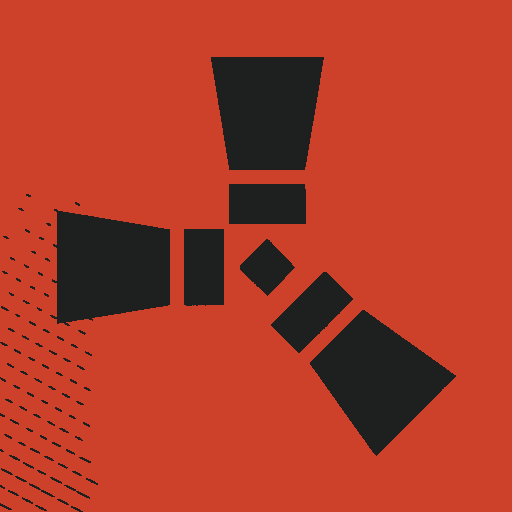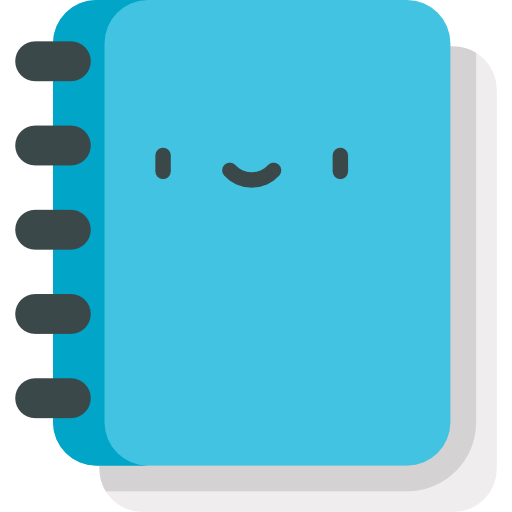Revision Difference
Sound_Occlusion#563012
<cat>Audio.Intro</cat>⤶
<title>Sound Occlusion</title>⤶
⤶
# Summary⤶
⤶
By default, sounds played in the world will be quieter if solid collision exists between the camera and the sound source.⤶
⤶
# Occlusion Settings⤶
⤶
In each SoundEvent asset, a checkbox determines whether that particular sound is affected by occlusion.⤶
<upload src="b3d71/8dd13c8da7d5cfa.png" size="5004" name="image.png" />⤶
⤶
In the Mixer window, an Occlusion slider determines how strongly *all* sounds played through the selected mixer are occluded.⤶
<upload src="b3d71/8dd13c91ced7de7.png" size="38529" name="image.png" />⤶
⤶
Every s&box project has a built-in `sound` tag. By default, this tag collides with the `solid` tag, which is why solid colliders will muffle sound. ⤶
⤶
<upload src="b3d71/8dd13c9eb9de0c0.png" size="14931" name="image.png" />⤶
⤶
Suppose we had a tag named `player`, and we wanted it to no longer occlude sound. We'd need only:⤶
1. Make sure that the `player` tag exists on the collision matrix.⤶
2. Specify that `sound` vs `player` collisions should be ignored, as shown below.⤶
⤶
<upload src="b3d71/8dd13ca482988dd.png" size="17484" name="image.png" />⤶
⤶
In any first-person game where your player has a collider, you should make sure that the collider does not occlude sound.⤶
⤶
<note>Previously, any collider tagged `noblockaudio` would not occlude sound. ⤶
⤶
**This is no longer the case.** If your project was set up like this, then you will need to set `sound` vs `noblockaudio` collisions to "ignore" in the collision matrix to have the same functionality.</note>
 Garry's Mod
Garry's Mod
 Rust
Rust
 Steamworks
Steamworks
 Wiki Help
Wiki Help
 S&box
S&box